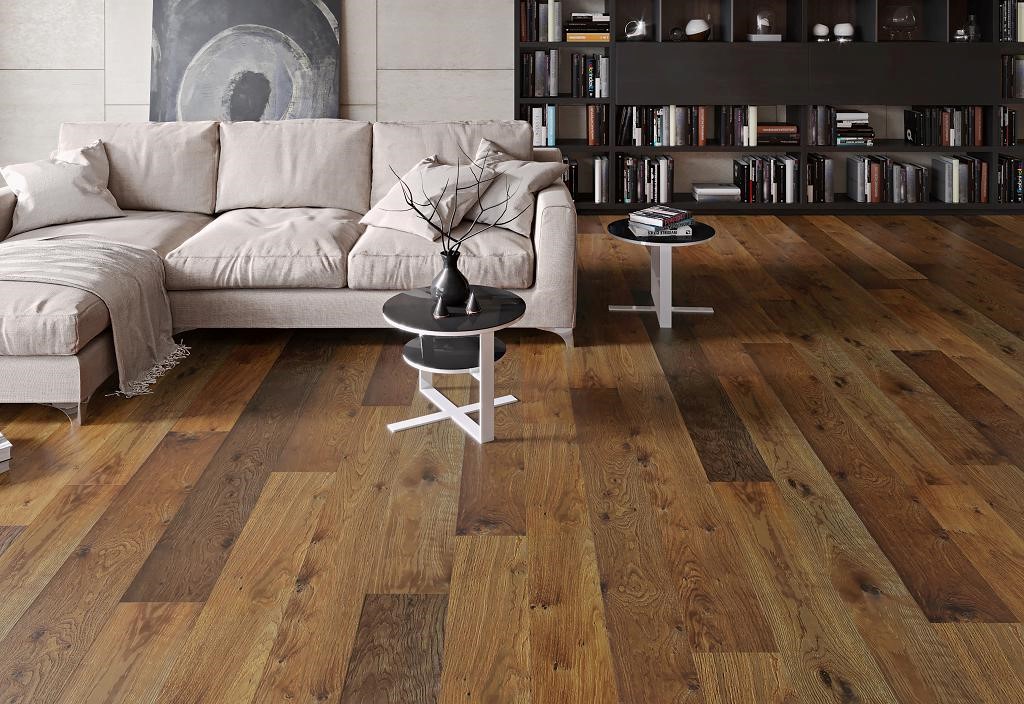In the UK, where grey skies and rain are frequent companions, our interior choices play a crucial role in maintaining positive wellbeing. Among these choices, flooring stands out as one of the most impactful elements affecting our day-to-day mood and comfort.
We spoke with Ben Herbert, Director at the luxury online carpeting store Designer-Carpet.co.uk, about how thoughtful flooring selections can create sanctuaries of warmth and comfort, even during the most dismal British weather.
Combating the Grey with Warmth
The persistent grey skies of Britain can take their toll on our emotional state, making the warmth we create indoors all the more important.
“In the UK climate, flooring that adds warmth, both physical and visual, makes a tremendous difference to how we feel in our homes,” Herbert said. “Natural materials like wool carpets don’t just look inviting. They actually regulate temperature and humidity, creating spaces that feel consistently comfortable regardless of what’s happening outside.”
This physical comfort translates directly to psychological wellbeing, with research from environmental psychology showing that thermal comfort significantly impacts mood, concentration, and overall satisfaction with our living spaces.
The Hygge Approach to Flooring
The Danish concept of hygge (pronounced hoo-ga), has resonated deeply with British homeowners seeking respite from the weather. You might know it as that Airbnb style, but it’s known for creating intimate, cosy contentment through simple comforts.
“Hygge-inspired interiors often feature natural flooring materials with rich textures that invite barefoot walking and relaxed living,” says Herbert. “Think substantial wool carpets in bedrooms, warm-toned engineered wood in living spaces, and even natural fibre options like sisal with wool borders that combine practicality with tactile comfort.”
Herbert says that many of his clients specifically reference hygge when selecting flooring: “They’re looking for materials that create that immediate sense of ‘coming home’ and unwinding the moment they step through the door. The right flooring creates that foundation of comfort that hygge is all about.”
Light Reflection: Making the Most of Limited Sunlight
With natural light at a premium during British winters, flooring that maximises brightness can counteract seasonal mood dips.
“Light-reflective flooring can transform a space, particularly in the UK where natural light is often in short supply. Pale oak engineered wood, limestone-inspired porcelain, and carpets in soft, natural tones can increase perceived brightness by up to 30%, which makes a huge difference to mood during those long and dreary winter months.”
Herbert recommends testing flooring samples at different times of day, paying particular attention to how they look during typical overcast conditions. “The goal is to find flooring that maintains a sense of brightness and lift even when the sky outside is doing you no favours.”
Texture: The Overlooked Mood Enhancer
Beyond colour, the texture of flooring creates powerful sensory experiences that influence our emotional state.
“Texture engages multiple senses: sight, touch, and even sound. Deep-pile wool carpets, hand-scraped hardwood, or the gentle ribbing of natural sisal all create different sensory experiences as we move through our homes.”
This kind of engagement is particularly valuable in the British context, where homes often serve as retreats from what’s best described as “challenging” weather. “When you can’t connect with nature outside because of relentless rain, bringing natural textures inside through thoughtful flooring choices creates that connection we all subconsciously crave,” says Herbert.
Zoning for Emotional Wellbeing
Different activities require different emotional states, and flooring can help create appropriate zones throughout the home.
“In open-plan living, which has become increasingly popular in UK homes, flooring changes can subtly signal transitions between functional areas. Perhaps a hardwearing wool carpet in a family sitting area for comfort and warmth, transitioning to a practical wide hardwood plank in dining spaces, and then natural stone in kitchen areas.”
These transitions help psychologically prepare us for different activities, from relaxation to productivity to social engagement.
Expert Recommendations for Mood-Enhancing Flooring
Based on his experience helping clients create mood-enhancing interiors, Herbert offers these suggestions:
1. For maximum cosiness: “100% wool carpets in natural, undyed shades create unmatched comfort. The natural lanolin content makes them soft yet resilient – perfect for bedrooms and living rooms where comfort is paramount.”
2. For light-starved spaces: “Engineered woods in honey or champagne tones reflect available light while adding warmth. Look for options with subtle grain patterns that add interest without overwhelming the space.”
3. For multifunctional rooms: “High-quality luxury vinyl tiles in warm neutral shades offer practical durability with visual warmth. Modern options can realistically mimic natural materials while standing up to the demands of busy household areas.”
4. For statement impact: “Patterned carpets with subtle geometric designs can energise spaces without dominating them. These work particularly well in hallways and studies where a slight mood boost is welcome.”
5. For connecting with nature: “Natural fibre flooring like sisal or jute brings organic elements indoors, creating a sense of connection to the outside world that’s particularly valuable during extended periods of inclement weather.”
“The right flooring creates a foundation for wellbeing that we often don’t consciously notice until it’s changed,” Herbert concludes. “Considering we spend so much time indoors, these choices become even more significant to our day-to-day mood and quality of life.”

